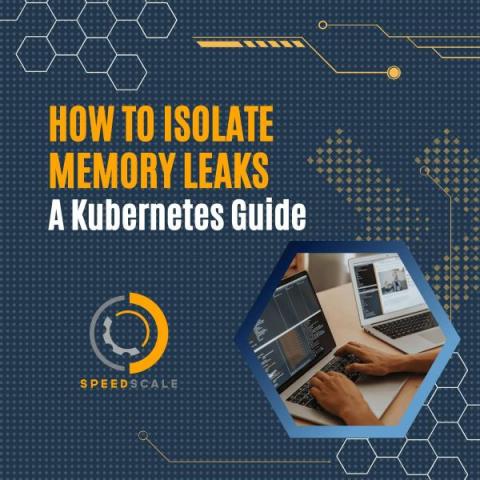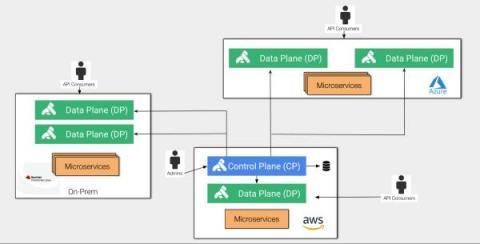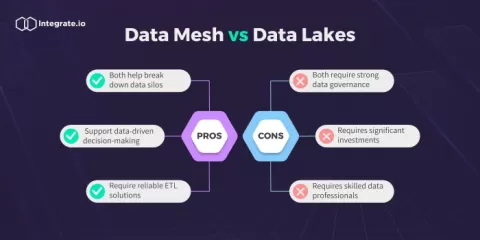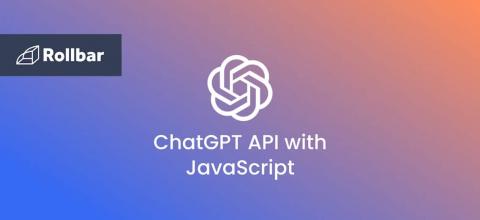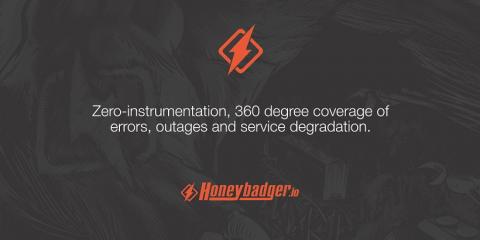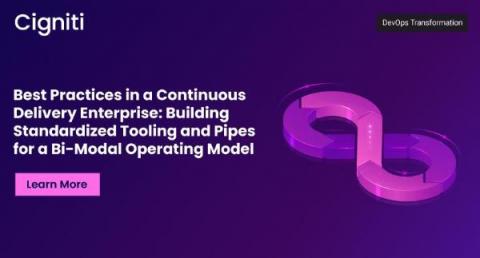Systems | Development | Analytics | API | Testing
%term
3 Ways to Break Down SaaS Data Silos
API-Managed Event Streaming with Kong Konnect and Amazon MSK
Event streaming allows companies to build more scalable and loosely coupled real-time applications supporting massive concurrency demands and simplifying the construction of services. Ultimately, we may need to grant access to such infrastructure to the most diverse entities, including external applications posting events that will be eventually consumed by internal systems. The purpose of such exposure is to promote development teams’ collaboration.
Kong Insomnia 2023.2.0 Released with Enhanced Import Flow
We’re thrilled to announce the latest release of Kong Insomnia, version 2023.2.0, packed with improvements and fixes that will make it even easier to manage your APIs. In this release, we introduce an enhanced Import flow, along with support for Kong 3.0 and the return of Swagger/OpenAPI preview. Continue reading to learn more about these exciting updates.
Mastering the art of mobile app releases
The mobile app release process is a work of art that has many moving parts which need to work simultaneously. In this article, you’ll learn how to master the art of mobile app releases.
The Pros and Cons of Data Mesh vs Data Lake
How to Use the ChatGPT API with JavaScript
Eager to infuse your JavaScript app with state-of-the-art AI? This comprehensive tutorial will show you how to embed ChatGPT, the titan of large language models, into your JavaScript code. Get ready to revolutionize your app's interactivity with natural language processing capabilities.
Regular expressions in JavaScript
Regular expressions can be daunting, but they don't have to be! Learn everything you need about regular expressions and how to use them in JavaScript.
Best Practices in a Continuous Delivery Enterprise: Building Standardized Tooling and Pipes for a Bi-Modal Operating Model
As firms embrace digital transformation, it is crucial to build continuous delivery methodologies that allow for the speedy deployment of software applications. An organization that uses continuous delivery fosters quicker innovation and expedites the delivery of products and services to customers. Building standardized tooling and pipes for a bi-modal operating model is one of the best practices in a continuous delivery company.
Key considerations when choosing a CDC solution
Change data capture (CDC) allows you to move your data in real time. Learn what matters when choosing a solution for your organization.


